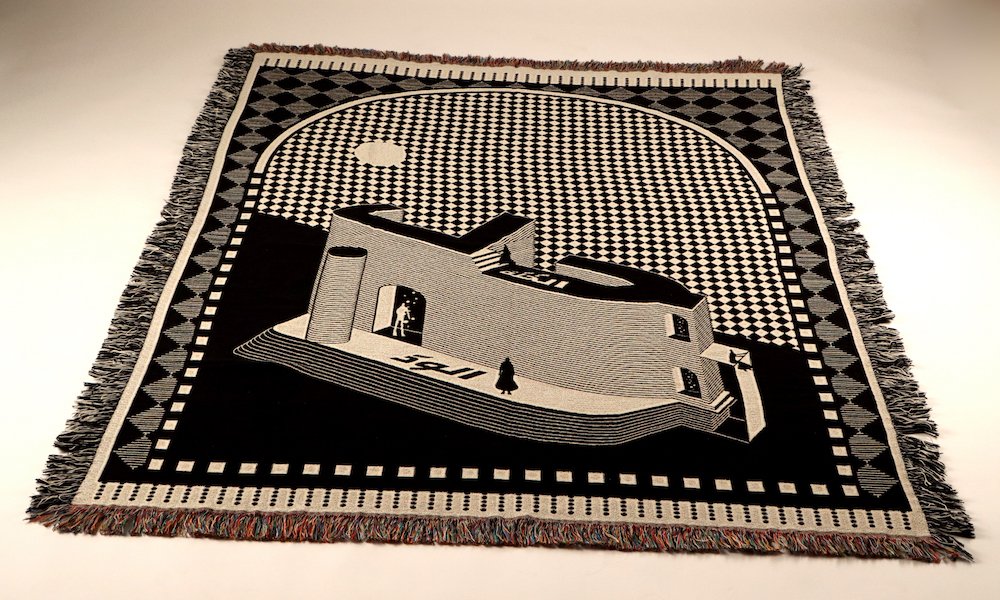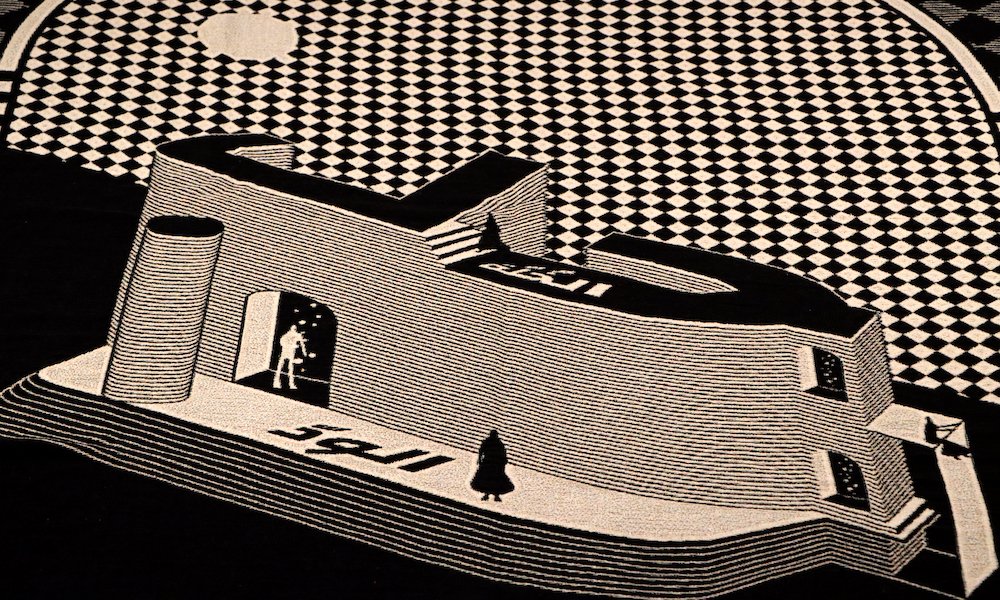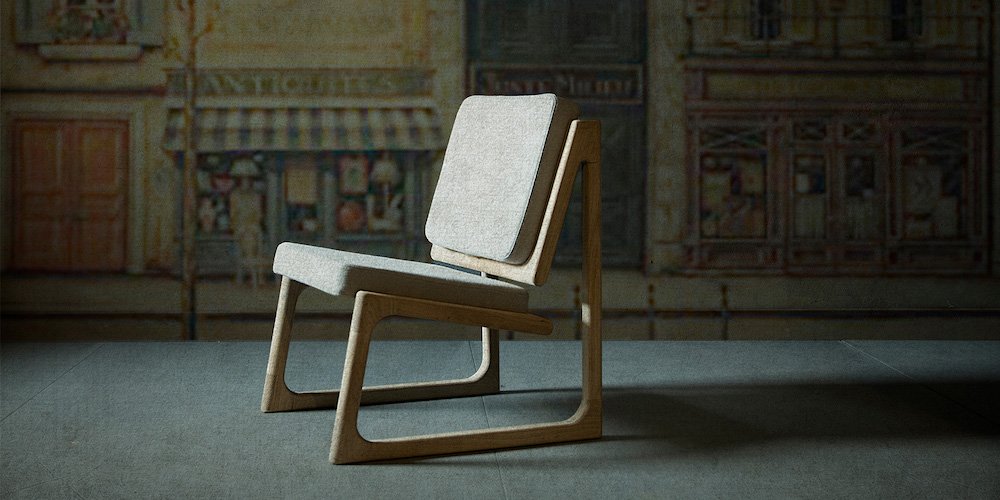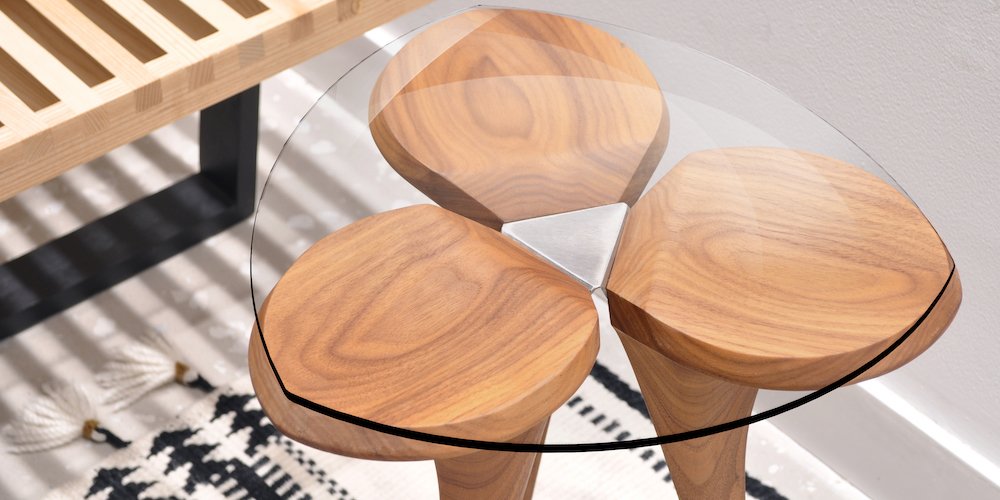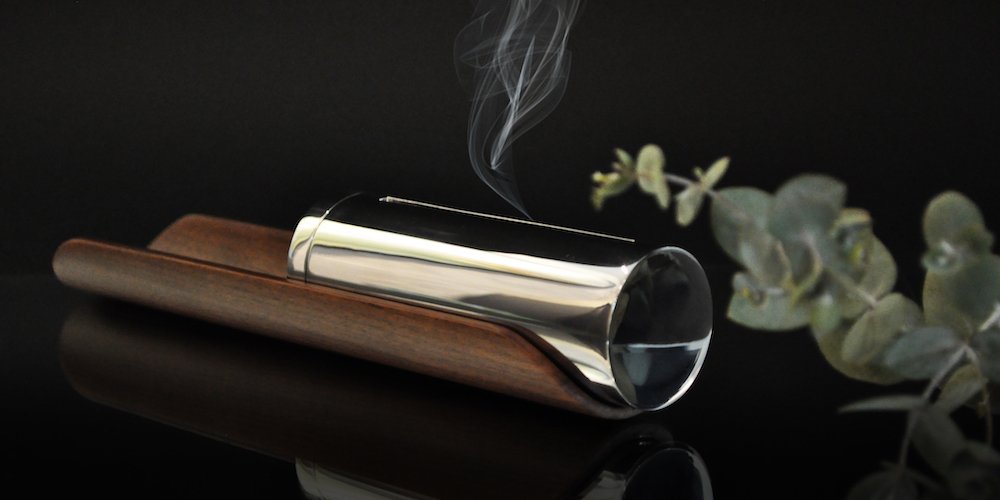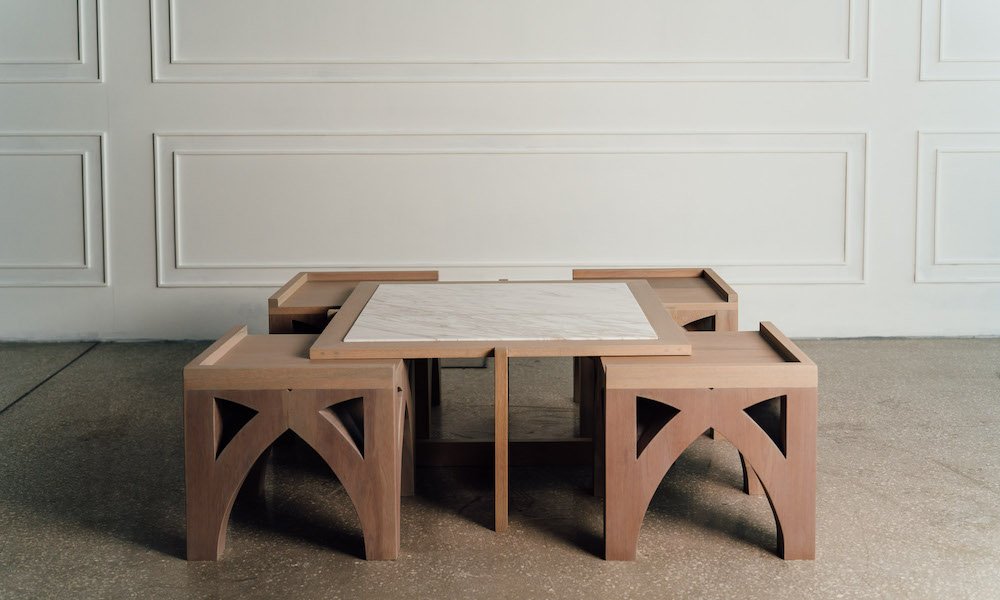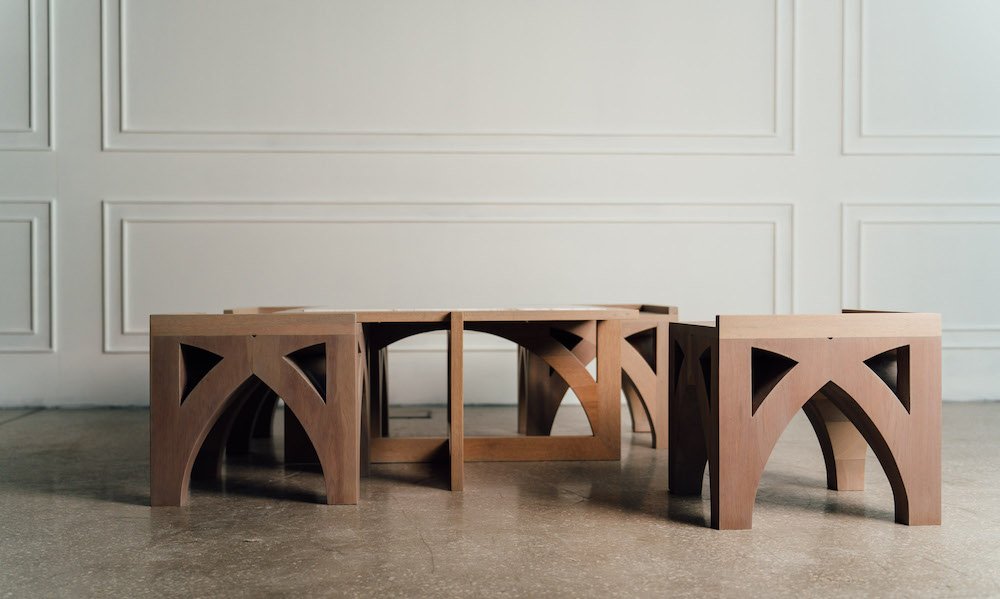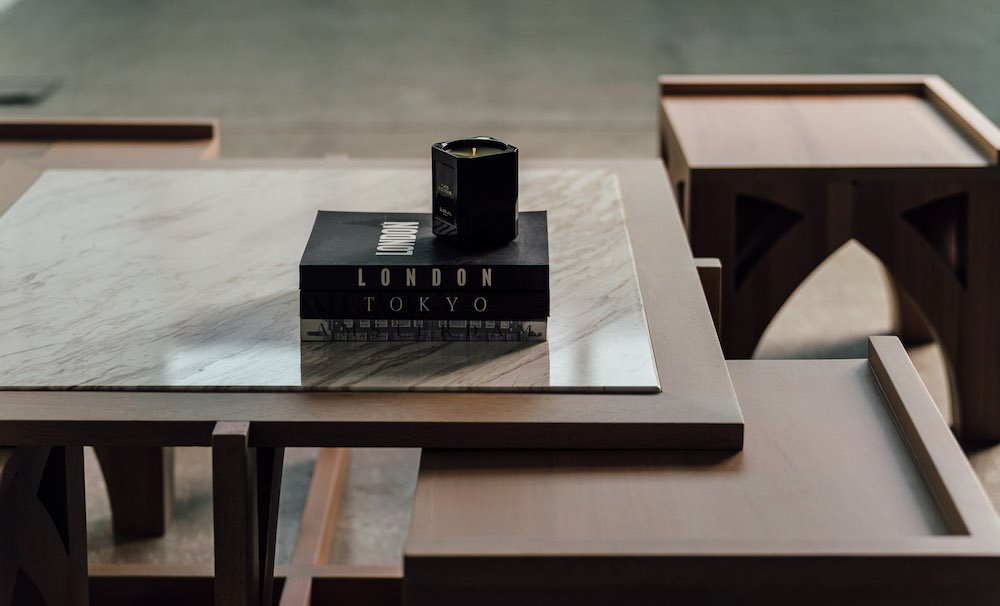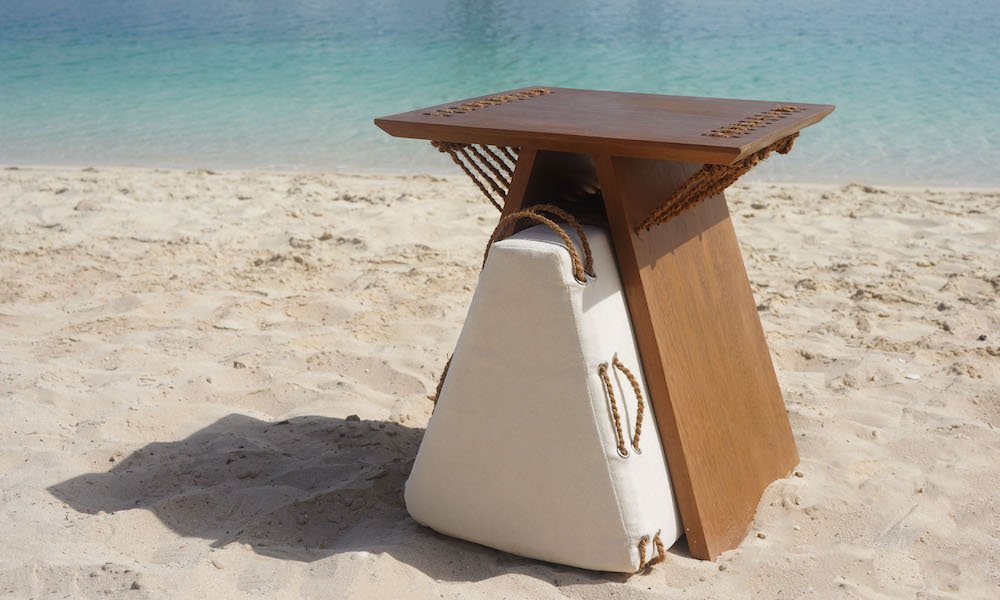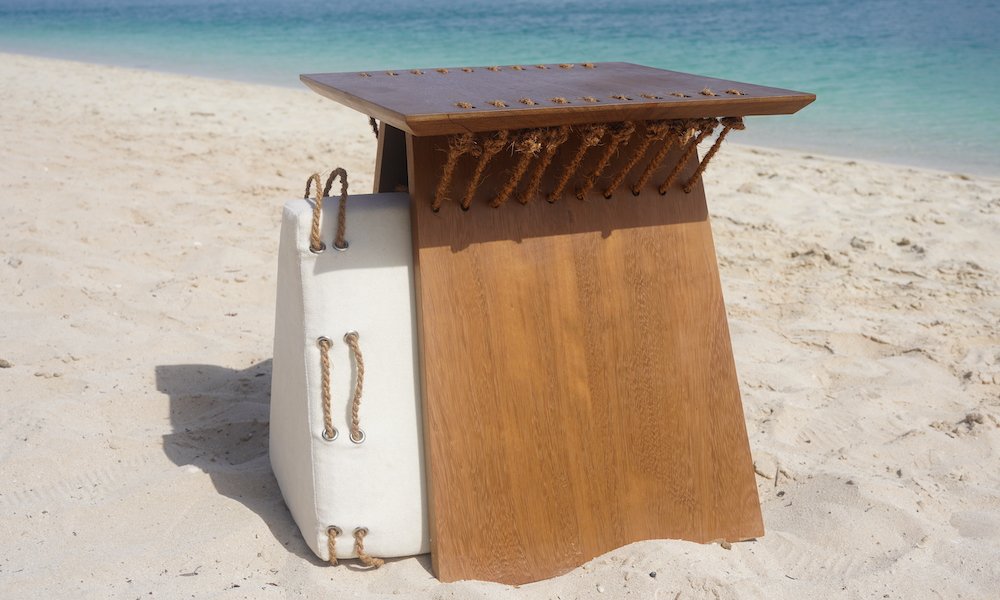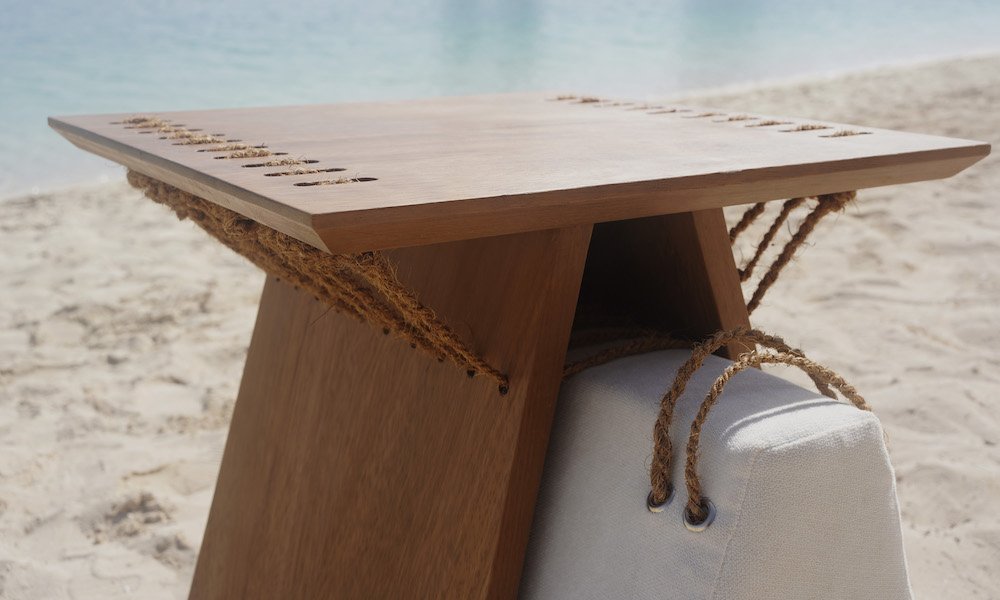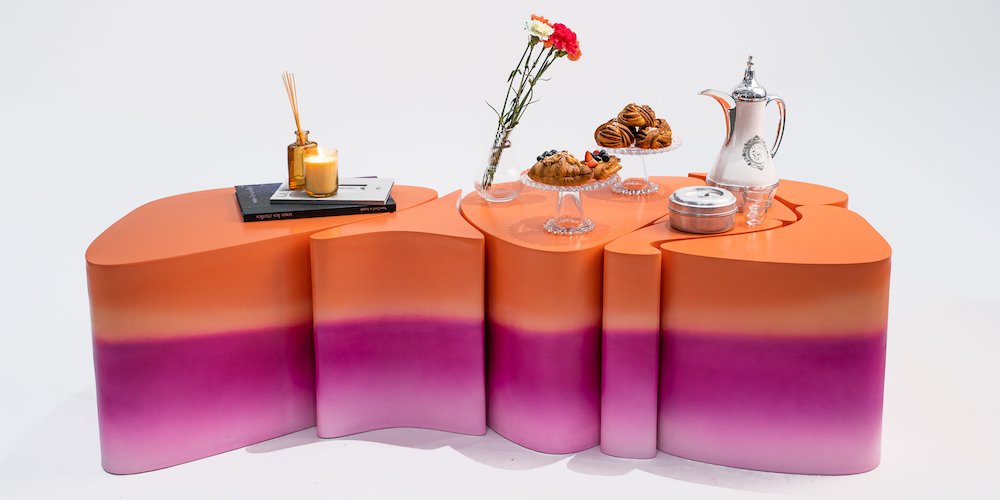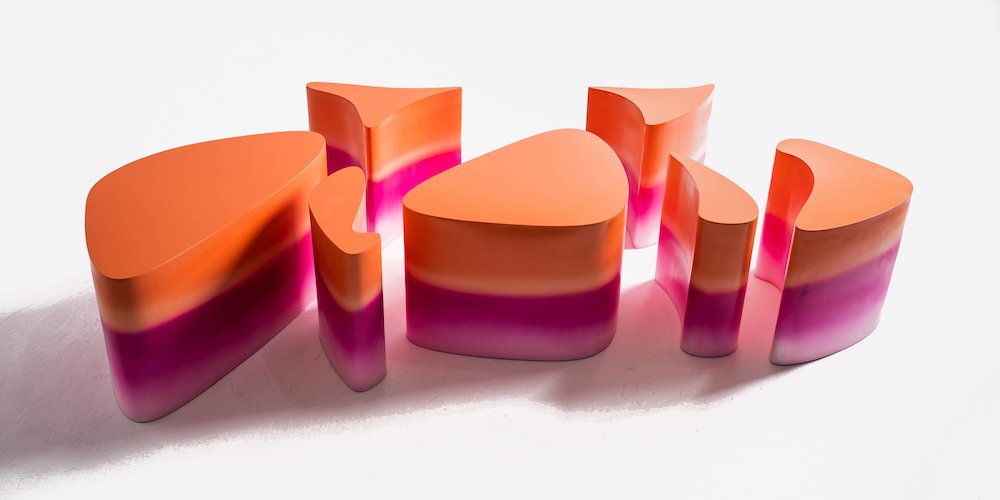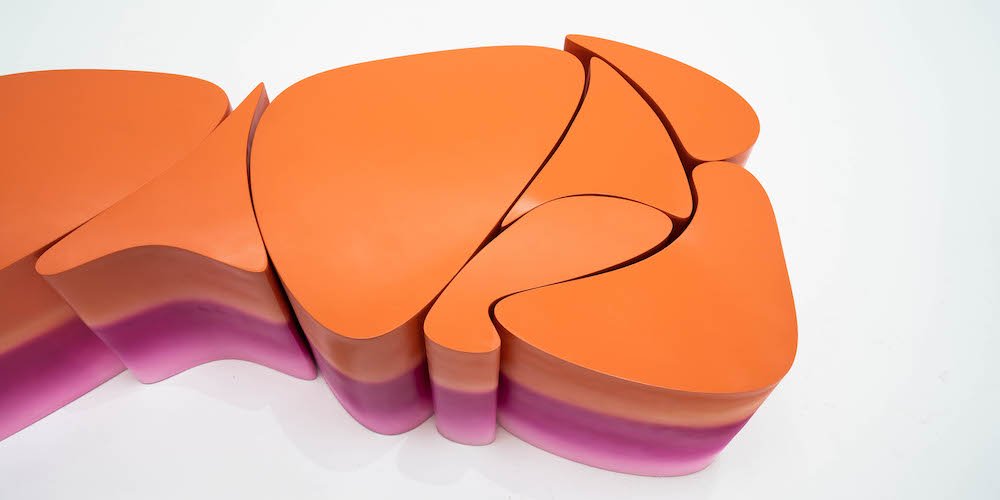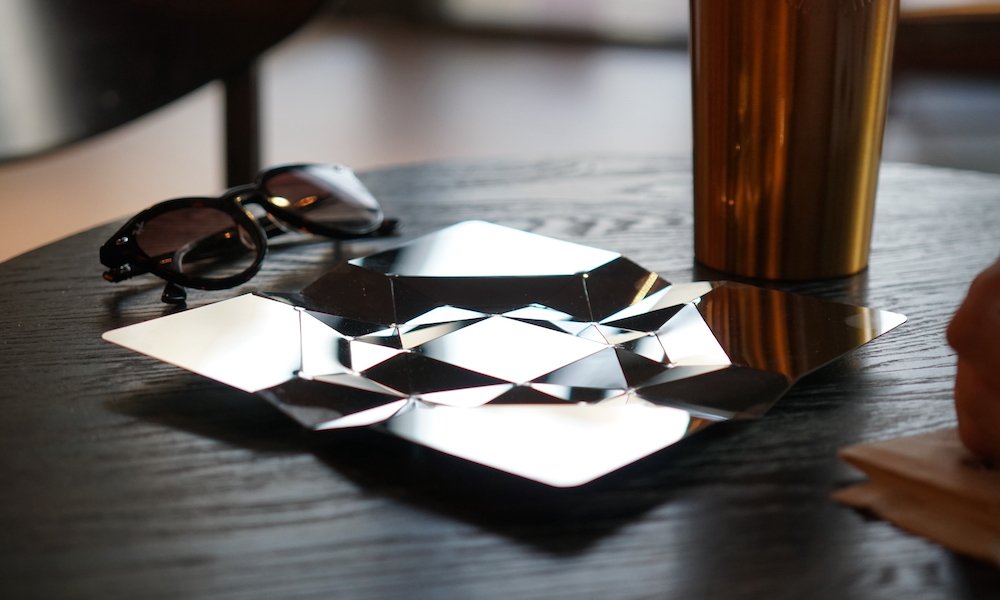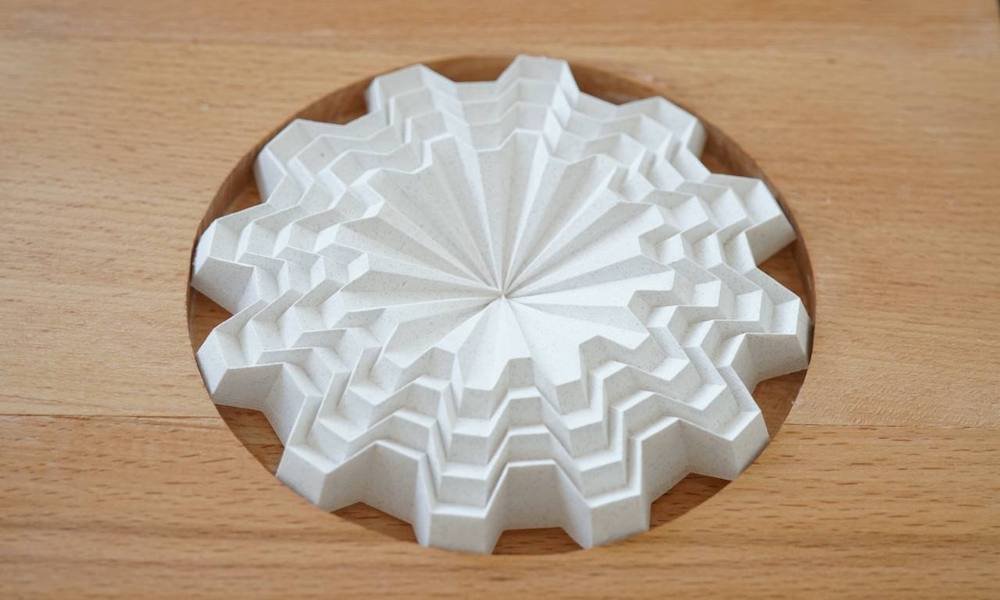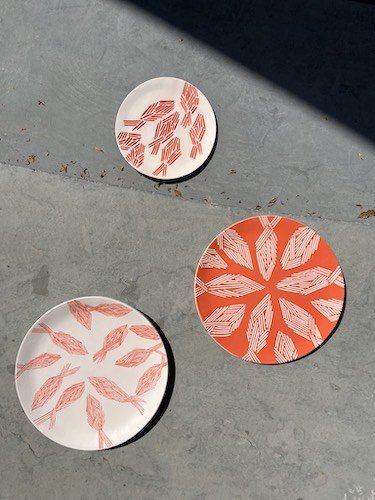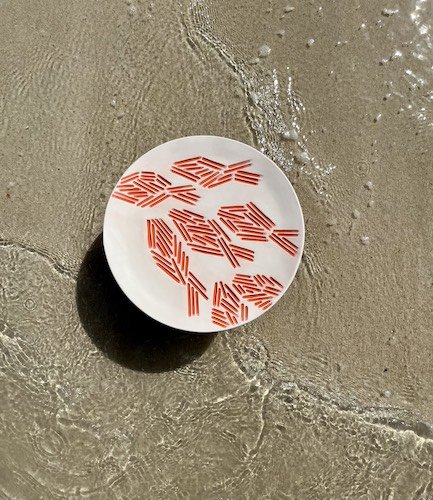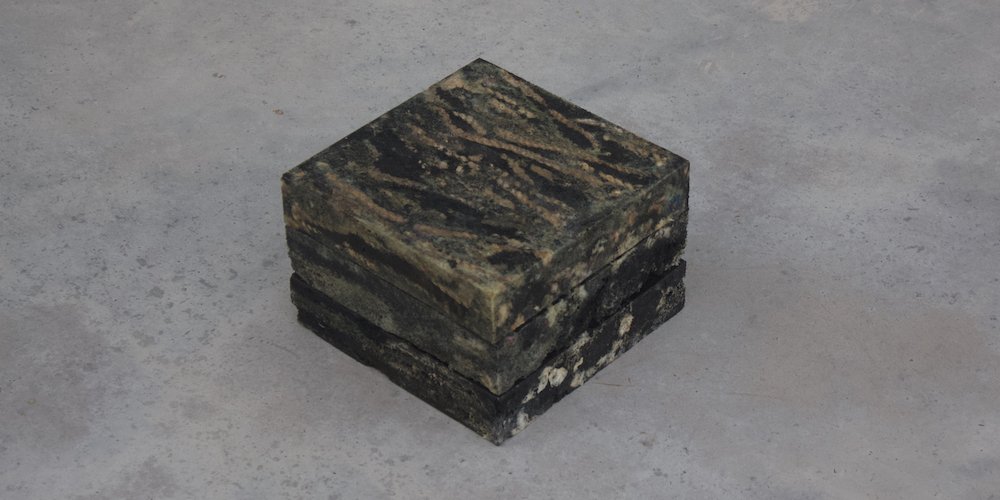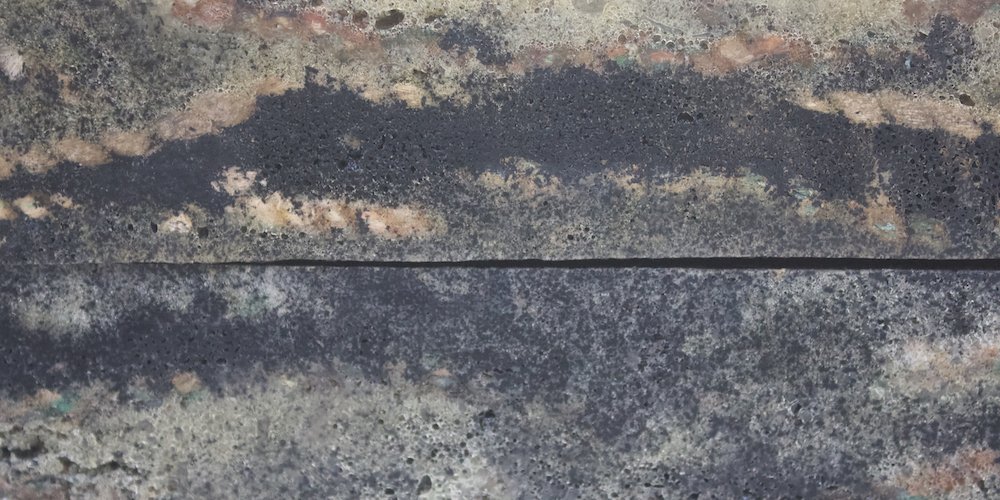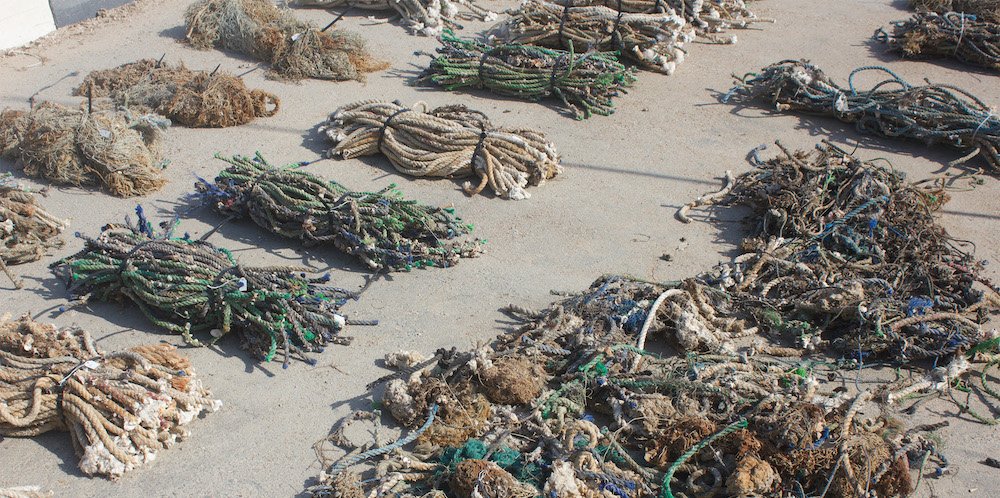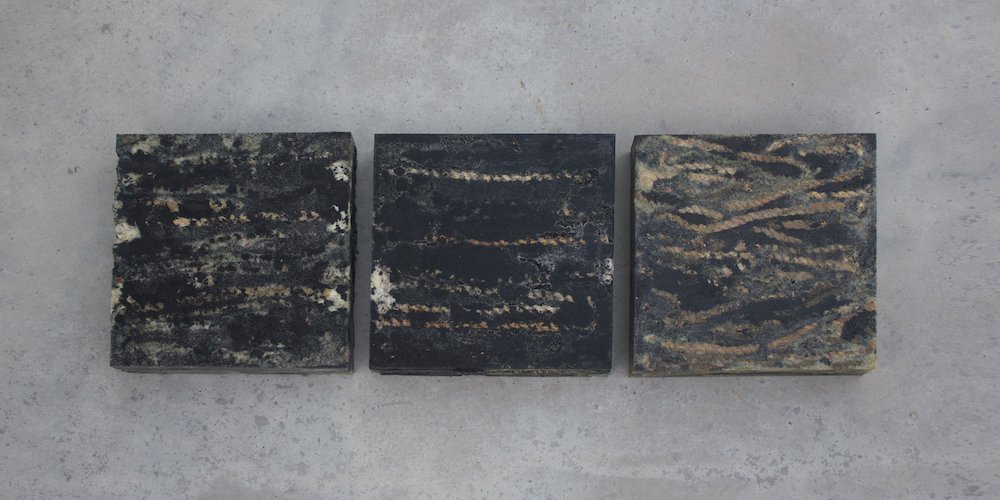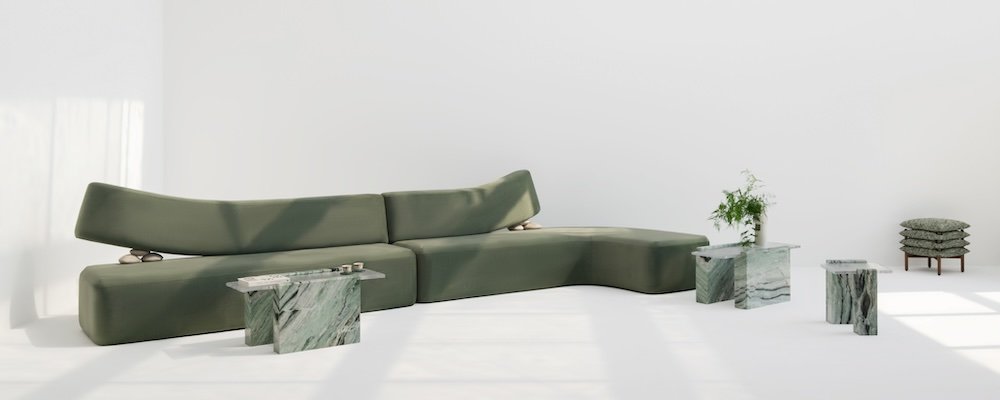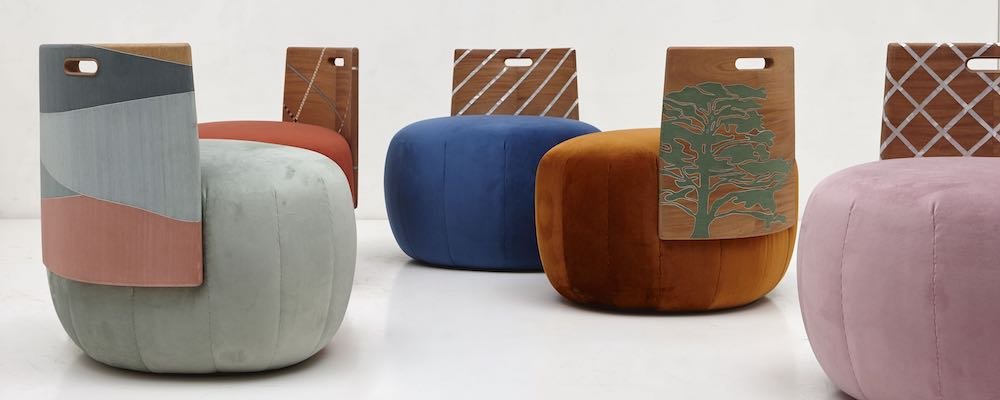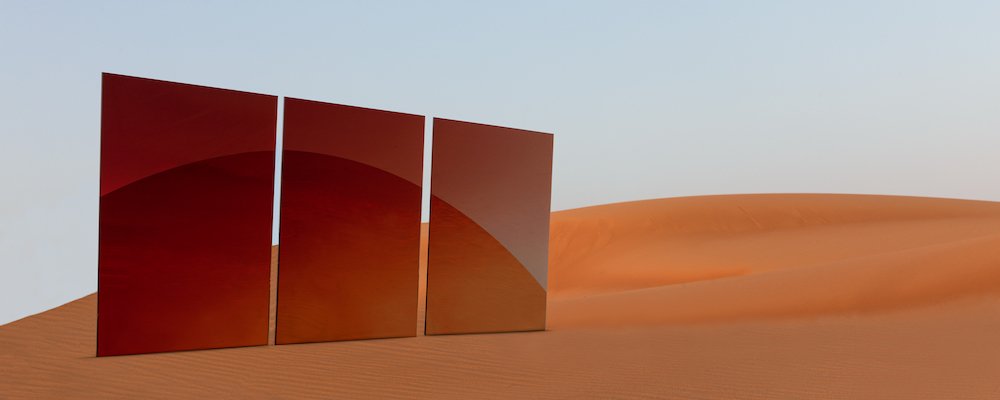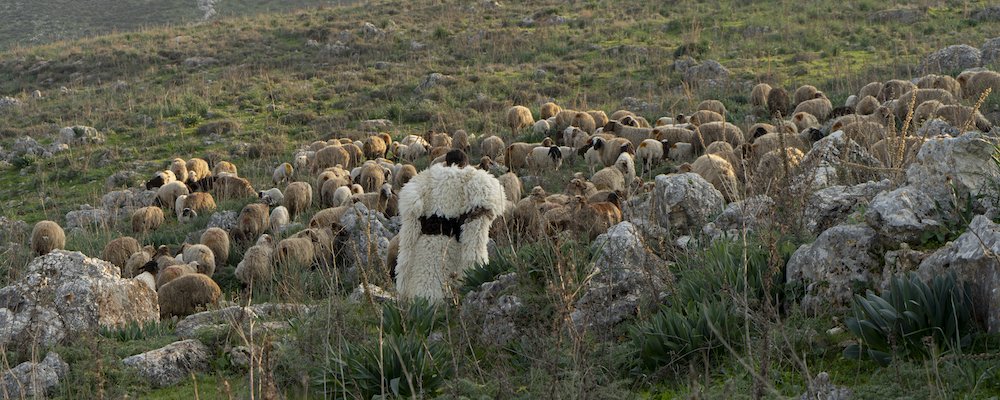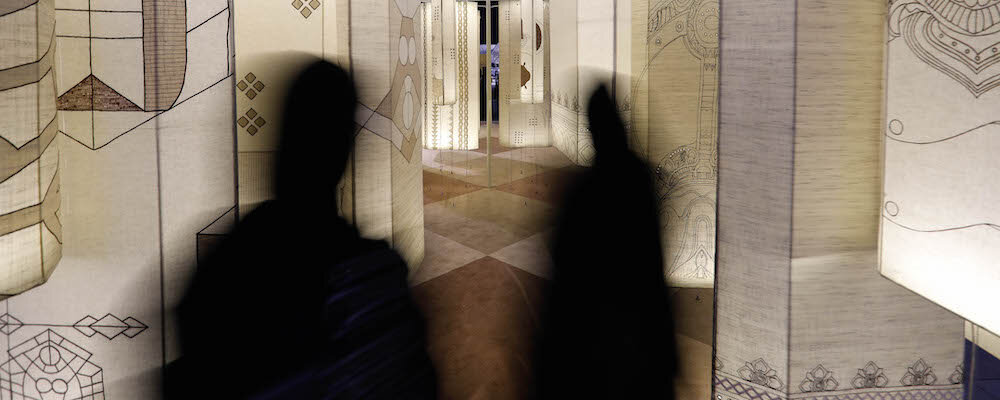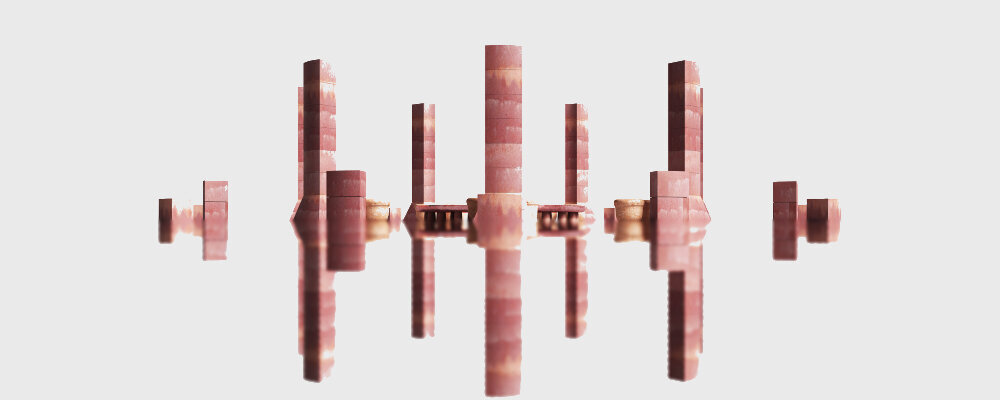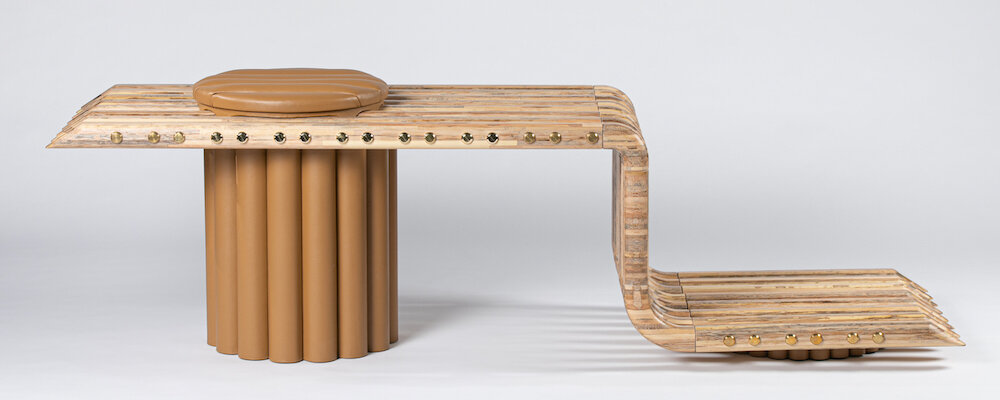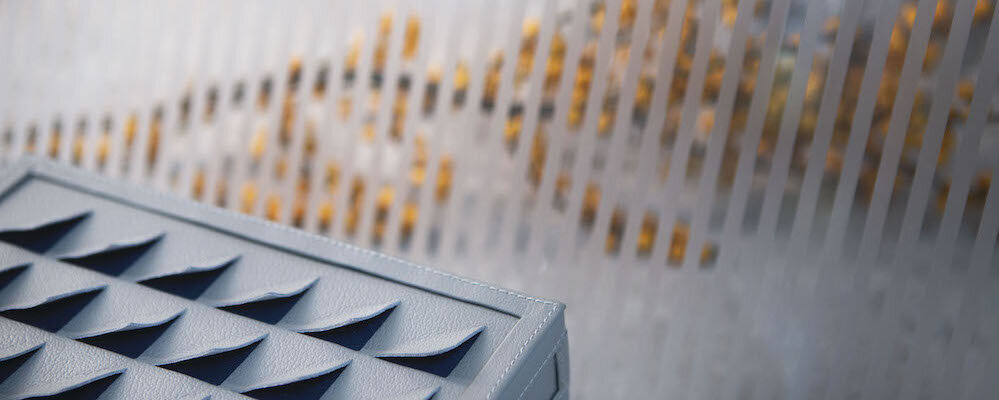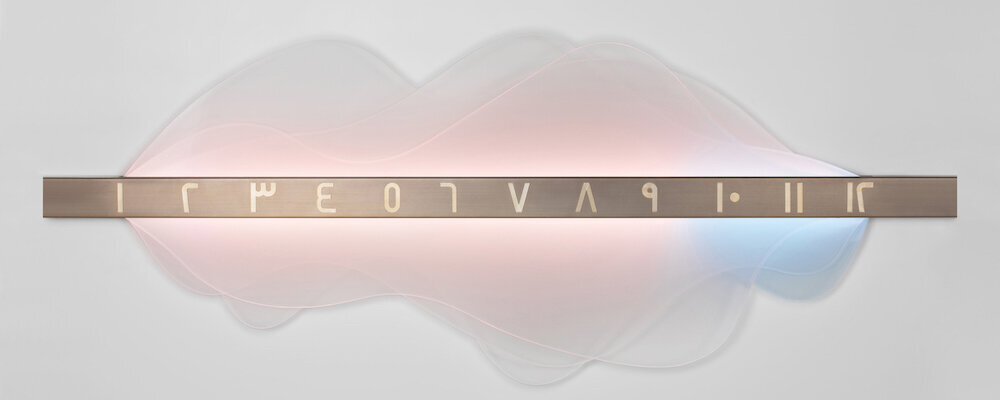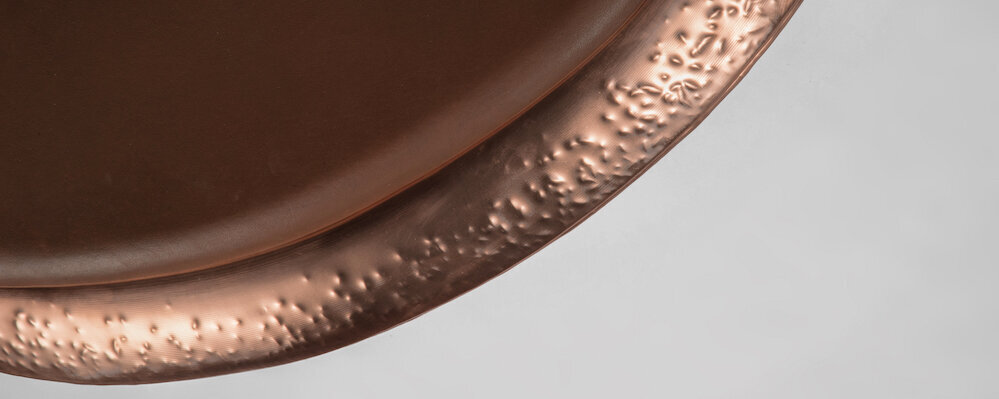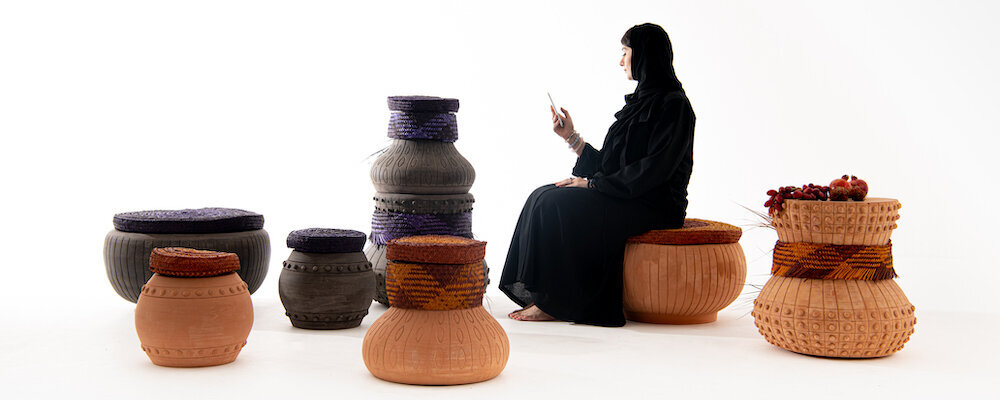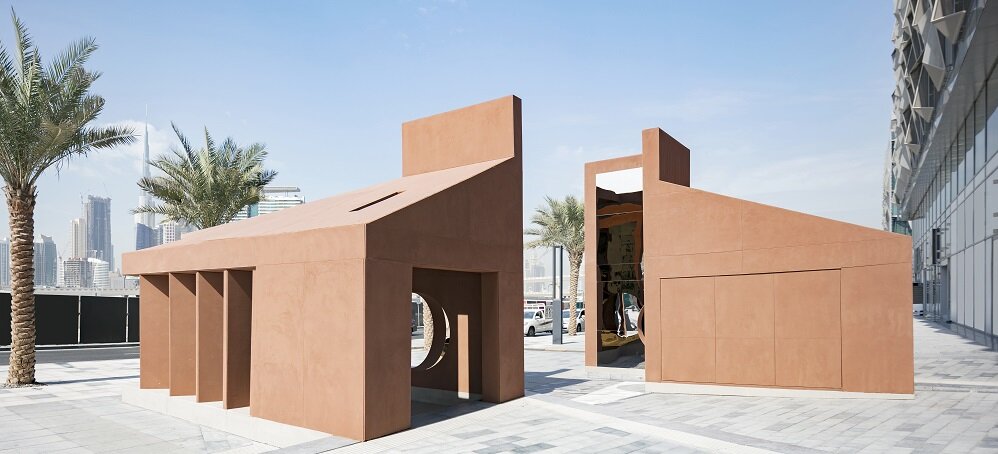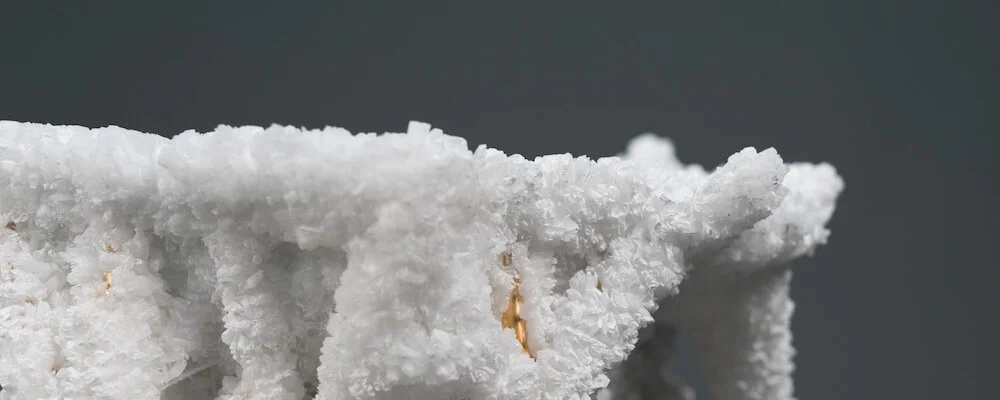UAE Designer Exhibition 2022
On the occasion of Dubai Design Week, I was asked to curate the new edition of ‘UAE Designer Exhibition’ at Downtown Design… Discover the 16 selected designers and studios and their creations.
Launched in 2015, Dubai Design Week returns at d3 - Dubai Design District for a new edition under the theme of ‘Design with Impact’. An unprecedented number of installations will be unveiled during the week.
This year, I was asked to curate a series of nine talks named ‘Source, Resource, Outsource’ and a new edition of ‘UAE Designer Exhibition’ in partnership with d3 and Dubai Culture & Arts Authority at Downtown Design.
16 designers or studios will unveil new creations from November 9th until 12th. The exhibition offers creatives a platform for visibility among leading designers from around the globe, whilst expanding and strengthening their audience and professional network.
The booth has been designed by the revered Emirati architecture duo at Studio D.04, with a nod to materials used in classical Emirati homes.
‘Degrees of Love in Arabic Language’ by Zena Adhami
Zena Adhami explores the complexities of emotion and typography in the Arabic language by honing in on the meanings of the word "love".
According to Dr. Fatima Mernissi, a sociologist, writer and one of the most prominent Islamic feminists, there are over 50 words for love in Arabic. Using design as a starting point, Adhami explores in the body of this work the tension between meaning, weaving, and touch by changing these previously 2D works into intimate carpets to adorn the feet of visitors inside domestic spaces.
The work is a compelling collection of rugs that serves as a contemporary representation of graphic design in an interior design setting. It aims to explore the "encounters" between our bodies, art, and language in transformative ways of interior and intimate domestic spaces.
‘Tafa’, ‘Markab’ & ‘Nadd’ by Hamza Al-Omari
Tafa, meaning “to float” in Arabic, celebrates an element of play in our otherwise increasingly “grown-up” interiors. The chair is designed to create a sense of fascination and curiosity as people begin to examine what appears to be a continuous strand of bent solid oak. The chair’s main focal point is its “floating” seat pan. Ergonomics and comfort are two of the main factors shaping the chair’s form. The decision to design a lounge chair was intentional in order to carry its “laid-back” or “playful” concept through to its use. Tafa is designed for use in social gatherings and unwinding spaces. With its minimalist design, Tafa has the ability to be in place in a variety of rooms and styles without clashing or competing with its surrounding.
Markab (dhow) takes the Mashq Arabic script as the point of departure for this furniture piece. Hamza Al-Omari does not make direct use of the Arabic letters but rather employs the particular Mashq calligraphic structure and their characteristics details and forms to construct an elegant, modern piece of furniture. The elongated connection of the letters that stretch along the horizontal thick baseline, and the way the letters rest on this baseline, give the impression of a dhow carrying goods and passengers. This structure was inspired by Islamic and Arabic geometry – the repetition of modules to create patterns and new shapes. Seen from the top, the table consists of three circular forms that are joined by a central triangular steel joint, thus forming an organic flower-like shape.
‘Nadd’ came into realisation intending to be a close study of an object ingrained in tradition. Hamza Al-Omari did not set out to invent, but rather to innovate on a cultural cue to fit a contemporary environment. Functionality is paramount; looking into a decade’s worth of artisanal Midkhans has informed the main aspects of this design. The inclusion of a handle and the allowance of sufficient air circulation directly result from this research. With the intention of re-exploring a cultural object, ‘Nadd’ redefines the traditional Midkhan and creates an aesthetic that fits our contemporary lifestyle. ‘Nadd’ is the exciting overlap between modern materials and production with traditional Middle Eastern inspiration.
’Nudi Pink’ by Raghad Alali
The Nudi Series by Raghad Alali is born from a fascination of marine creatures, it is a culmination of glass forming research. Theatrical compositions of glass seemingly in motion are rendered in colours of a marine animal, named Nudibranch. Nudi Pink explores the flow of glass away from the vertical plane, that with the aid of light and refractions, gives the illusion that the piece is flying. Nudi Pink illuminates in the dark, functioning as a light alongside being a mirror. This was made possible through experiments in molds and trials with different silica compositions.
The Vault by Fatima Alawadhi
The Vault by Fatima Alawadhi references a conventional architectural concept and explores it to create a simple yet exquisite furniture piece. Inspired by the construction of historic vaults, it features four units that can be used as table extensions or seats that interlock with the main table. The units are created using a series of arches featuring traditional double-barrel vaulting, which consists of two barrel vaults that intersect at a right angle. It uses sustainable materials that complement many different interior design styles. The materials have been selected by the designer to support sustainable practices in design.
KAMBAR كمبار by Square016 Design Studio By Zainab Alblooki
These complementary furniture pieces are designed for daily use. The set consists of a side table for coffee and a stool to rest your feet on. The pieces by Square 016 - Zainab Alblooki are crafted from durable, solid teak wood that beautifully highlights the wood’s natural grains. As complementary pieces, the footrest can be nested within the coffee table to take up less space in a given area. The set has modern and traditional aspects and the design celebrates Emirati culture and its craftsmen that once worked in rope making. Natural rope once was one of the most important elements used in many traditional projects, such as the building of dhows and houses.
‘Pieces of Past and Present’ by Amna Alshamsi
Al Shandagha area was home to some of Dubai's most iconic and historic architectural structures; the area's disused royal palaces have been repurposed as museums. The neighbourhood tells the story of luxury and craftsmanship and was a hub for both business and social affairs. This coffee table represents its dual function. The abstract design of this furniture piece is inspired by the layout of this iconic area.
The pieces by Amna Design Collective of this coffee table can be combined or used separately to tell a changing story. The goal of this design is to honour the area's past while also providing space for discussion.
"Khose" Stool by Dana K. Amro
A dialogue is opened between three Emirati materials in ‘Khose’ by weaving together Talli, palm fronds (Safafa) and straw, giving the low straw chair a contemporary identity. Traditionally, individual craftsmen produced the straw chair. Sustainable materials such as local Emirati palm fronds (خوص Khose), straws, and recycled Talli threads with wood and metal are used to create this installation. The primary aim of 'Khose' by Dana K. Amro is to socially impact local identity through reviving and sustaining traditional cultural crafts with a contemporary design.
’The most sustainable furniture’ by ANQA Studios
ANQA Studios blurs the lines between modern art and functional decor. ANQA Studios is a pioneer in sustainable furniture design, carving furniture from recycled plastic and innovative environmentally friendly materials, such as cactus leather. For example, they recycled 62kg of plastic waste and to produce just one round table. The luxury brand supports easy access to the furniture of the future, which combines sophisticated design and sustainable materials. Through their environmentally conscious designs, they achieve their goal and put plastic waste back into the economy, not into the ocean and the soil.
’Mirromigami’ & ‘Ripple’ by Ali Bahmani
Mirromigami. The making of this series was inspired by self-image and the natural world. Metal is a controversial material. By making a metal surface reflective and mirror-like Ali Bahmani aimed to change its industrial nature. Mirrorigami acts as a literal, yet unexpected, looking glass into one’s self, the surrounding cultural context, and one’s place in contemporary society.
The amount of waste paper produced by humans is staggering. Paper waste is having a major impact on the environment. Ripple, takes an everyday material, a single sheet of paper, and just by hand folding it, creates a pattern that resembles the ripple effect of a pebble dropped in a pond. The artwork is inspired by nature and made from a rather trivial material, that might otherwise be wasted, paying homage to geometry and nature.
‘Sum of Traces’ by Maryam Elattar
Maryam Elattar is an Egyptian ceramic artist who takes inspiration from human psychology and nature. Through her brand ‘Trace’, she explores clay as a canvas of endless possibilities, bringing a state or a feeling in a permanent form. A key element of her unique hand-sculpted pieces is a form of spaced lines that dissect and trace the unseen.
Elattar's collection ‘Sum of Traces’ is an effort to trace the human journey to awareness, debuting 'Flow', 'Intertwine', and 'Radiate'. The collection will be exhibited for the first time at the fair this year.
Noor ala Noor نور على نور by elNoori
Created to be an artistic expression of light, the ‘Noor Al Noor’ sculpture by elNoori takes inspiration from Quranic Verse 35 from Surat Al Noor. In this verse, the likeness of Allah’s light is compared with:
'a niche in which is a lamp, the lamp is in a glass, (and) the glass is as it were a brightly shining star, ... the oil whereof almost gives light though fire touch it not- light upon light.'
Walking around the sculpture the viewer is confronted with a juxtaposition of design styles. Of classical design from certain angles, others display contrasting contemporary characteristics. In daylight, the installation is conceived as a stone sculpture; at night the stacked volumes illuminate and reveal intangible light patterns. The artist incorporates this duality to evoke fluctuating emotions in the viewer that reflect these contrasts – comfort to tension, stability to uncertainty.
Sediments by Talin Hazbar
Inspected, gathered, collected, lifted, pulled out, untangled, cleaned, cut, piled again, and then compressed; the piece aims to reimagine the seabed and rebuild the coastlines. These organised, piled structure slabs, are formed in a simple unit creating a linear structure. The piece aims to bring conversation on ecology, environment, common space and social aspects into existence.
Between land and sea, the tools become suspended in space and time. Sediments by Talin Hazbar features ghost gear as its primary material, which tells the story of its working lifetime and its time lost at sea. These piles serve as a record, to showcase the time they have been lost, and the span, height and length they occupied in the seabed, developing from a woven transparent light structure to heavy piles left to age in the sea.
Sediments is a collective effort realised with the help and support of the Dubai Voluntary Diving team, in the rope gathering and collection and throughout the process. It was commissioned by ADMAF for Portrait of a Nation II: Beyond Narratives, curated by Maya El Khalil, and co-curated by Roxane Zand.
‘Palm Veneer’ by Reem Jeghel
To introduce an innovative material, Palm Veneer by Reem Jeghel is created by pressing palm fibres, resulting in a flat surface with similar qualities to wood veneer. The veneer pieces are attached to cardboard, ensuring the product is natural and biodegradable. The project aims to reduce emission waste and support the ever-growing, local UAE market through refining agricultural waste into products and interiors.
This installation is composed using wood marquetry techniques that imitate the organic shape and natural hues of palm leaves. Inspired by the rich textures and hues of the palm leaf, natural aesthetics are continuous through the piece, with its wooden framing following the silhouette of the palm fibre. ‘Palm Veneer’ aims to create warm interiors, bring a new outlook on nature’s place in the UAE, and celebrate the Palm Triptych.
’MAWJ - جT’ by MEAN*
‘موج — Mawj’, the Arabic word for ‘Wave, undulate, crisp or ripple,’ reflects the concept behind this design. The 3D Printed Armchair was commissioned by a private client and designed by MEAN* (Middle East Architecture Network). The undulating patterns of the Aquamarine green surface are reminiscent of the waters of the Arabian Sea at the shores of Dubai, the city where the concept for the chair was conceived. The chair investigates the possibilities of robotic 3D printing for designing and producing bespoke furniture.
Manufactured by Nagami, the design takes its shape based on a continuous form, printed on its side with a thickness of just 6mm, using advanced plastic polymers. Designed considering comfort, structural stability, and ergonomics, the chair is a prototype for using advanced methods of furniture design and manufacturing.
’VEE’ by Nourhan Rahhal
VEE by Nourhan Rahhal is a chair that emulates a proud, powerful presence and allows one’s natural strength to manifest itself in its details. VEE aims to educate the user on the importance of the posture it encourages and how posture affects psychology and self-confidence. It offers its user the opportunity to experience a form of a power pose. The piece aims to reconstruct traditional female behavioural expectations, specifically challenging how young females are taught to sit in an almost curled-up position.
‘Robot Threads’ by Twofellas Studio
Twofellas is a product design studio that uses 3D printing technology to create unique eco-friendly items that can be used in our daily lives.
In their designs, Twofellas intentionally do not hide the layers that occur due to how 3D printing works. They create home and office accessories with different textures that stand out from typical household items. Their products are printed in the UAE and use locally made recycled PLA plastic.
The “Coral Vase” is a 3D-printed vase that features a pattern inspired by the delicate texture and curves found on different coral reefs. It is a statement on the current state of plastic pollution in the oceans affecting the coral reefs’ habitat. The other set of products including a vase, desk organiser and candle holder, features a zigzag-like texture which gives it a unique look and feel. This texture is the result of their early experimentation with 3D printing. Their colorful and unique design make these products the perfect fit for any setting.

